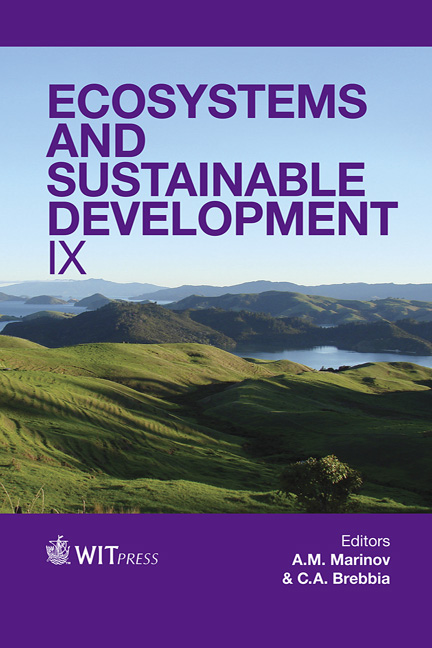Biomimetic And Sustainable Design: A Virtuous Relationship
Price
Free (open access)
Transaction
Volume
175
Pages
14
Page Range
247 - 260
Published
2013
Size
358 kb
Paper DOI
10.2495/ECO130211
Copyright
WIT Press
Author(s)
M. Stoppa
Abstract
We have achieved a stage where anthropic action has jeopardized the stock of natural capital to be left to future generations and where the use of green technology will not suffice to revert the current trends; it is necessary to undertake drastic innovations requiring the implementation of various strategies for changing our lifestyles and the entire economic and socio-cultural complex upon which the current production, use and consumption system is based on. This paper examines the need to strengthen the current conceptual and methodological-operative tools of eco-design by using the complex qualities of natural systems, that is the biological principles/functions that can be taken as guidelines to increase the effectiveness of the eco-design criteria with a view to provide the design culture with fresh bio-inspired conceptual and methodological-operative tools to obtain genuinely sustainable results. The theory of complexity, the theory of systems and the emerging technologies have supported the recent scientific findings on biological systems, based on the principle of \“minimum inventory/maximum diversity”; they highlight and prove that biological systems, by means of their complex qualities, are governed by strategies/functions such as: self-organization, adaptability, feedback, redundancy, multifunctionality and resilience, which have enabled them to survive and evolve. The methodological-operative framework and the bioinspired guidelines, as a tool for sustainable design, are defined by analysing sustainability concepts (eco-efficiency, effectiveness, sufficiency and regeneration), the function of organisms and of the various natural analogical and omological levels. According to statistical data provided in 2002 by the Design Council of London, 80% of the environmental impact generated by products/services/infrastructures is determined at planning stage. Hence, the need
Keywords
sustainable design, bio-ispired design approach, biomimetic guidelines





